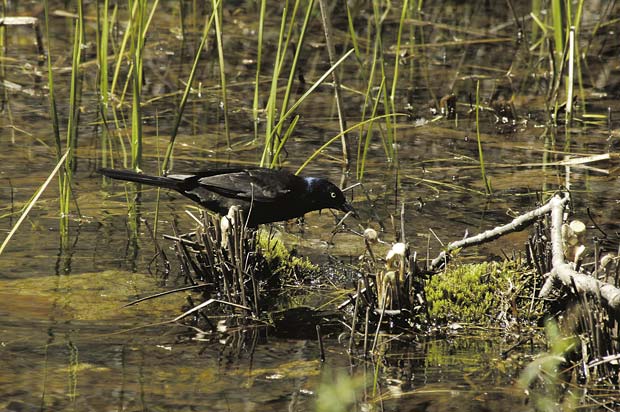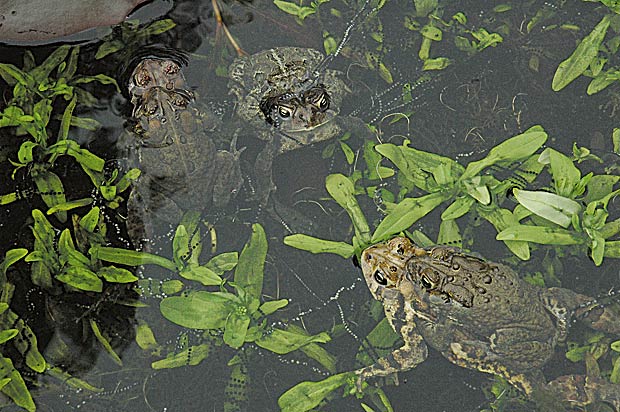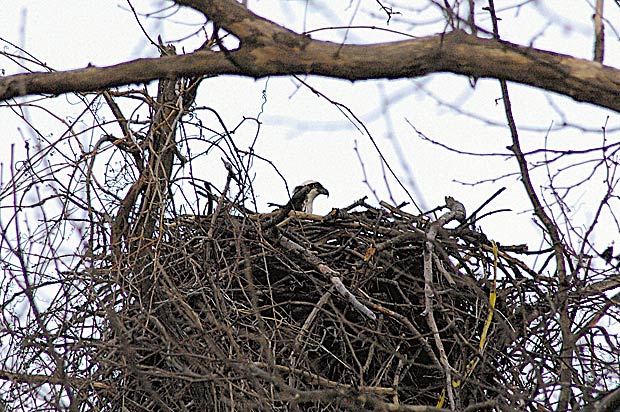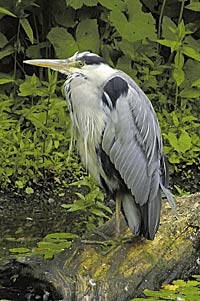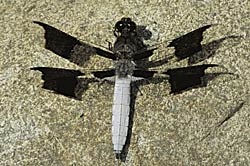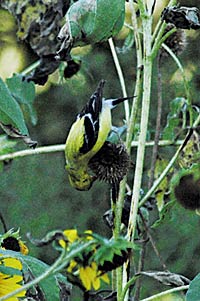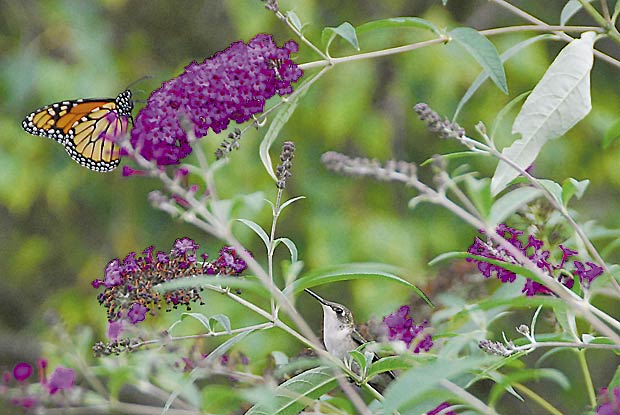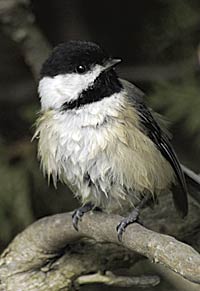How long can vegetable seeds be kept? A year ago I purchased many vegetable seeds in hopes of starting a garden last spring. My plans were interrupted and now the garden is scheduled for this spring. The seeds are all dated 2011 and have been kept in their original packaging and stored in my basement. Will these seeds still be viable this spring?
Properly stored seed remains viable for different lengths of time depending on the type of seed. Be aware that seed companies may store seeds up to the number of years of their viability prior to selling them. If you purchased your seed from a reputable catalog or nursery, you can call them to find out what their company protocol is.
Since all your seed was purchased in 2011 and dated as such, you have a fair chance that the unopened packages will be viable. Most vegetable seeds are good for two years with some, like lettuce, viable up to six years. If they have been kept dry and cool in your basement, those conditions simulate dormancy.
To test for germination, sprout seeds between moist paper towels; if germination is low, either discard the seed or plant enough extra to give the desired number of plants. You will know quickly which seeds need to be repurchased.
Related: What are good vegetables to grow in a small space?
Related: Saving plant seeds for next season

